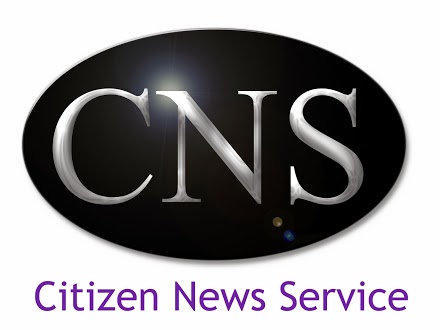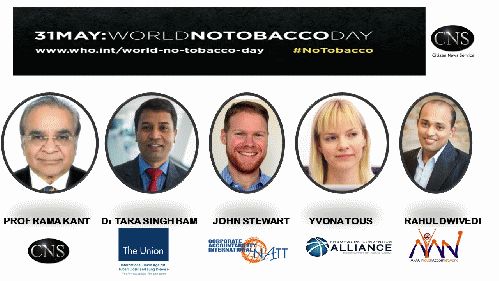Tobacco use poses the biggest threat to public health in the world today, even as more than 1 billion people consume it globally. It is the leading preventable cause of premature deaths worldwide, killing more than 6 million people each year, and is a risk factor for 6 of the world's 8 leading causes of death.
It is also the greatest preventable risk factor for non-communicable diseases (NCDs) - such as cardiovascular diseases, cancers, chronic respiratory diseases, diabetes, etc - which account for 63% of all premature deaths. According to the Tobacco Atlas 2015 tobacco consumption costs the global economy over US$1 trillion and may have an economic impact of as much as US$2.1 trillion.
At the recent Asia Pacific Lung Cancer Conference (APLCC 2016) Dr Prakit Vathesatigkit, Executive Secretary of Action on Smoking and Health Foundation of Thailand, had said that an estimated 23% of all lung cancer deaths in the ASEAN region are due to smoking, and that tobacco control is the most cost effective way to reduce not only lung cancer but other NCDs as well.
Plain packaging
World No Tobacco Day, that takes place on May 31 each year, highlights the devastating impact of tobacco use on health, as well as advocates for policies that help people quit tobacco use and discourage non-users from starting. This year's World No Tobacco Day theme is 'Get ready for plain packaging'.
Tobacco package design is particularly effective at influencing consumers' decisions to buy (or not buy) tobacco products. For the tobacco industry it acts like a mobile billboard promoting consumption of tobacco products by making them look more attractive, distracting users from health warnings and deceiving people into thinking that some products are less harmful than others. Plain packaging, on the other hand, makes tobacco products less attractive and directly informs the users of the negative health effects of tobacco use with a graphic picture and health warning. In this context, plain packaging is particularly threatening to the long-term growth of the tobacco industry.
Plain packaging means having packs of a standardized unappealing colour, and large graphic pictorial and text health warnings, sans any branding. It prohibits the use of logos, colours, brand images or promotional information on packaging other than brand names and products names displayed in a standard colour and font style.
In a World No Tobacco Day (WNTD 2016) webinar organised by CNS (Citizen News Service), Dr Tara Singh Bam, Regional Advisor (Tobacco Control - Asia Pacific) at the International Union Against Tuberculosis and Lung Disease (The Union), said that there are only two ways to reduce tobacco use - preventing youth from starting to use tobacco and encouraging/helping users to quit. He reiterated the benefits of plain packaging - "It reduces the attractiveness of tobacco products; eliminates the effects of tobacco packaging as a form of advertising and promotion; addresses package design techniques that may suggests that some products are less harmful than others; and increases the noticeability and effectiveness of health warnings."
(Note: You can view every article as one long page if you sign up as an Advocate Member, or higher).






